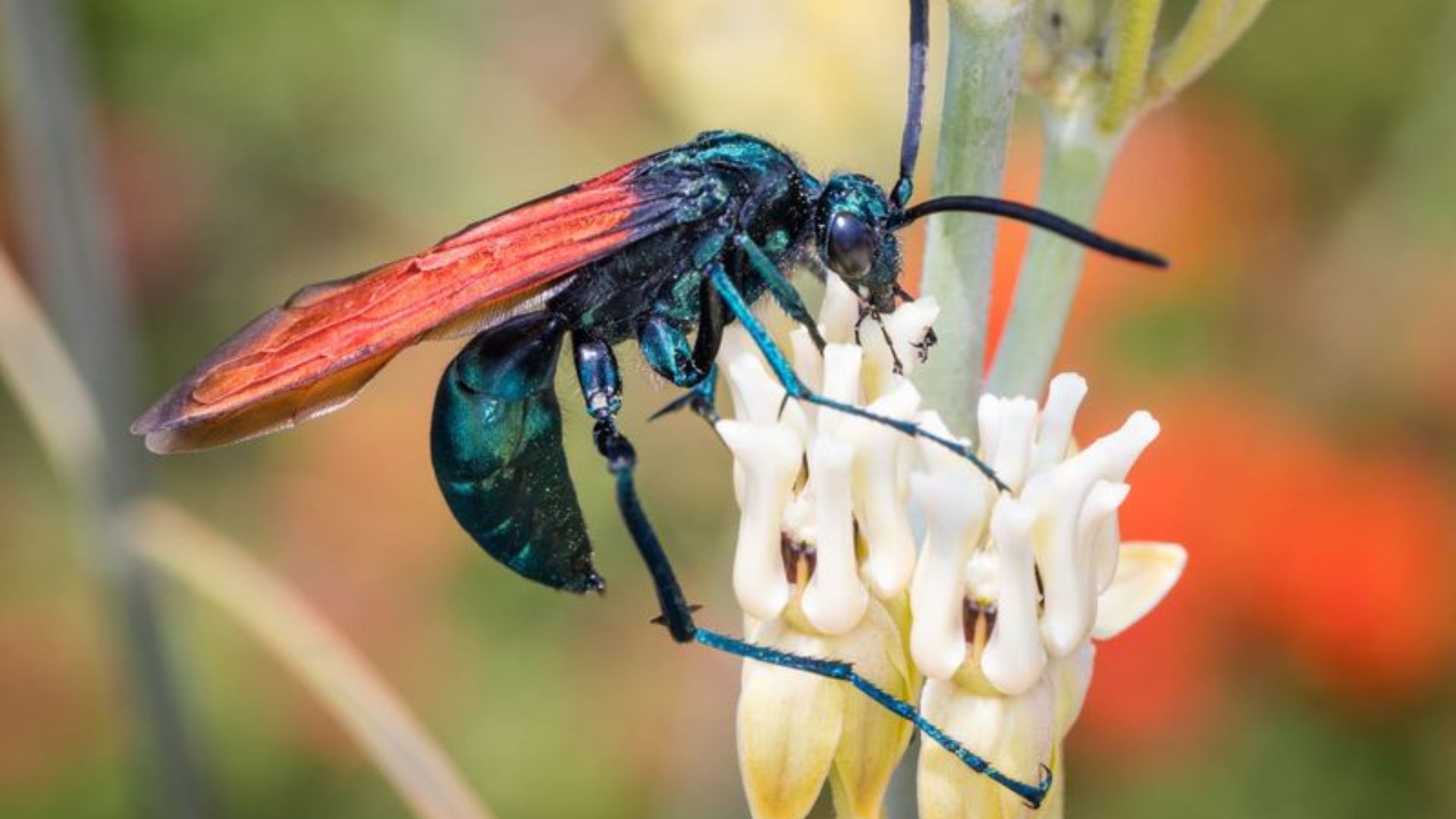Nature has crafted some creatures with venoms so agonizingly potent, they’ve become legends of the wild. From the searing sting of the Bullet Ant to the fiery agony inflicted by the Sea Urchin, these venoms serve as nature’s ultimate weapons – designed to protect, paralyze, and warn.
Dive into the world of the animal kingdom’s most excruciating venoms, exploring the extraordinary tactics and effects that make them so fearsome.
Each creature tells a vivid story of survival, showcasing the marvels (and terrors) of evolution.
1. Bullet Ant
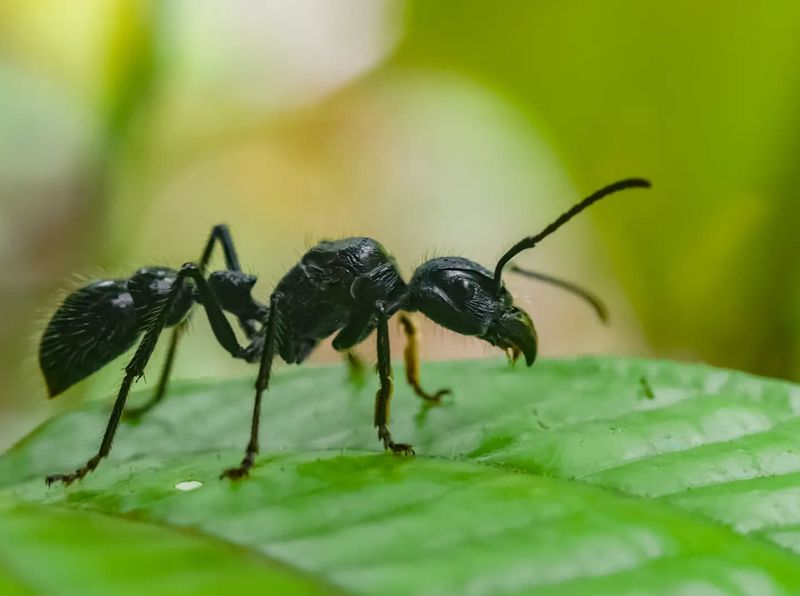
The Bullet Ant, native to the rainforests of Central and South America, is infamous for its incredibly painful sting. Often described as the most painful insect sting known to humans, its venom contains a potent neurotoxin called poneratoxin.
This toxin can paralyze the central nervous system, leading to intense pain that can last for up to 24 hours. The indigenous people of the Amazon rainforest have long been aware of the Bullet Ant’s sting, even incorporating it into initiation rites.
The pain is likened to being shot, hence the name ‘Bullet’ Ant. Despite its fearsome reputation, the Bullet Ant is generally non-aggressive and will only sting when threatened. In an encounter with this formidable insect, the best advice is to remain calm and move away slowly.
The Bullet Ant uses its sting primarily for defense, and its presence in the ecosystem is crucial for the control of other insect populations.
2. Box Jellyfish
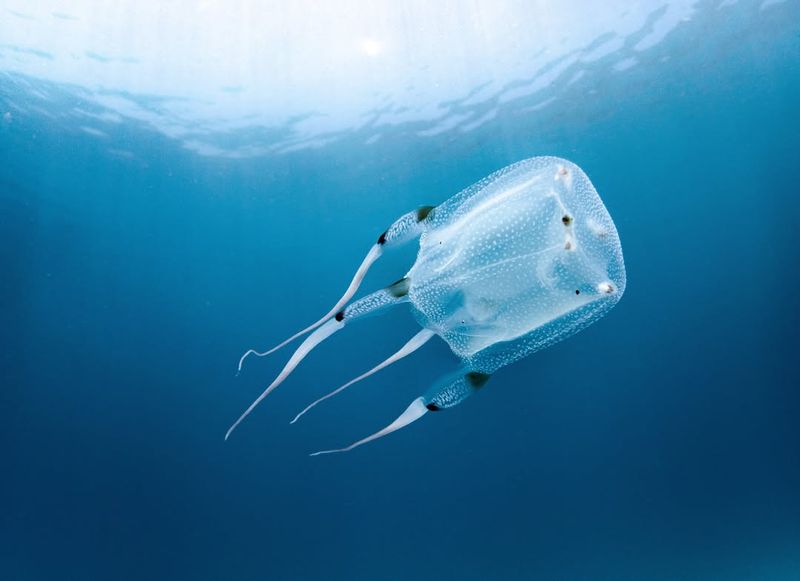
The Box Jellyfish, predominantly found in the waters of the Indo-Pacific region, is notorious for its venomous sting. Its tentacles are lined with cnidocytes that release toxins capable of causing intense pain, cardiac arrest, and even death in humans.
The venom affects the heart, nervous system, and skin cells, making it one of the deadliest jellyfish. Encounters with Box Jellyfish are often accidental, as the creatures are nearly transparent in water. Swimmers and divers are advised to wear protective suits when exploring these waters.
The pain from a sting is immediate and excruciating, often compared to being scorched by hot oil. Immediate medical attention and the application of vinegar can neutralize the venom, but prevention remains the best strategy.
The Box Jellyfish is a testament to nature’s complex evolutionary strategies for defense and survival.
3. Stonefish
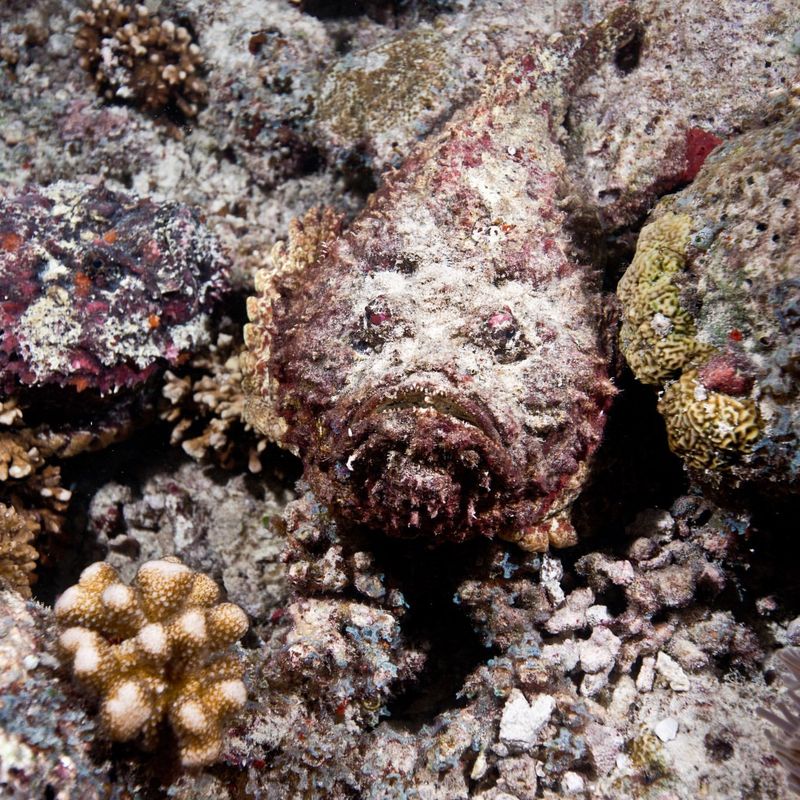
The Stonefish, residing in the coastal waters of the Indo-Pacific, is the most venomous fish known to humans. Its venom is delivered through spines located on its back, which can pierce through a human foot with ease.
The venom causes excruciating pain, swelling, and potentially life-threatening symptoms if not treated promptly. Stonefish are masters of camouflage, often resembling a rock or piece of coral.
This makes them particularly dangerous for unsuspecting divers and swimmers who might accidentally step on them. The pain from a sting is described as immediate and agonizing, akin to having a nail driven into your flesh.
If stung, immersing the affected area in hot water can help alleviate pain, as heat breaks down the toxins. Stonefish are a reminder of the hidden dangers lurking beneath the sea’s surface and the importance of caution while exploring marine environments.
4. Platypus (Male)
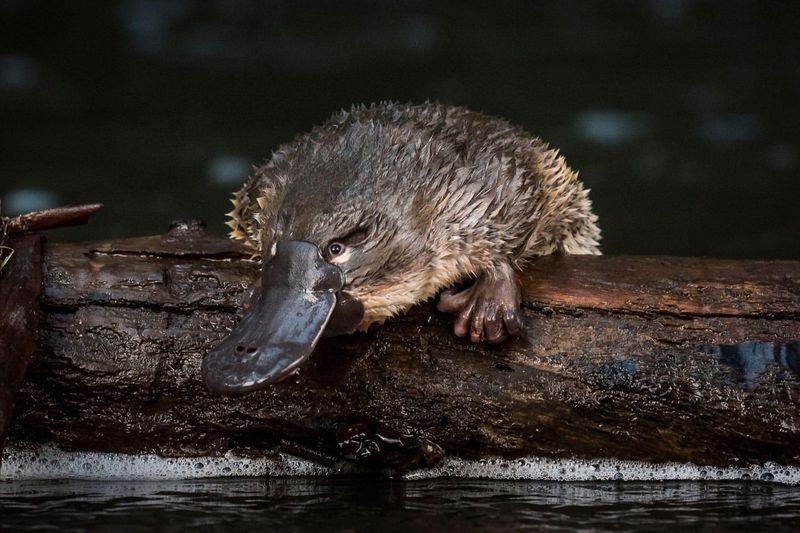
The male Platypus, an iconic Australian mammal, possesses a venomous spur on its hind legs. This venom is not lethal to humans but is capable of causing excruciating pain and swelling. The sensation has been likened to hundreds of hornet stings, with the pain potentially lasting for weeks.
While the platypus uses its venom mainly for defense and during mating season, the pain is severe enough to incapacitate an adult human. The venom contains defensin-like proteins that trigger intense pain and inflammation in the victim.
Encounters with platypuses are rare due to their reclusive nature, but it’s wise to observe them from a distance in their natural habitats. This fascinating creature adds a unique twist to the mammalian class, showcasing the diversity of evolutionary adaptations.
5. Tarantula Hawk Wasp
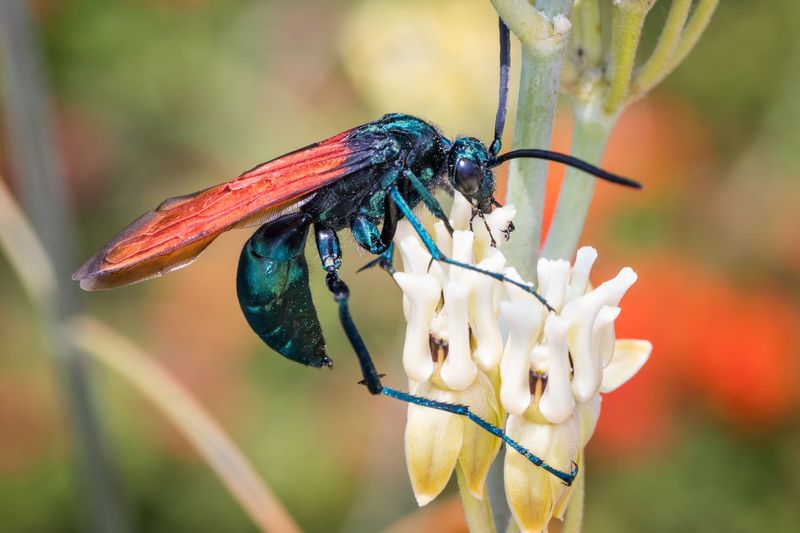
The Tarantula Hawk Wasp, native to regions like the American Southwest, is renowned for its powerful sting. Despite its intimidating size and vivid coloration, it is the sting that sets it apart. The venom, used primarily for subduing its prey, delivers a sting that is transient but intensely painful.
The pain from a Tarantula Hawk Wasp sting is often described as blinding and electric, although it usually subsides within a few minutes. The wasp preys on tarantulas, injecting venom to paralyze them before laying eggs on the spider’s body.
The emerging larvae consume the still-living tarantula. Fortunately, these wasps are not aggressive towards humans and will sting only if provoked. Observing them pollinating flowers from a safe distance can be a fascinating experience, showcasing their role in the ecosystem as both predator and pollinator.
6. King Cobra
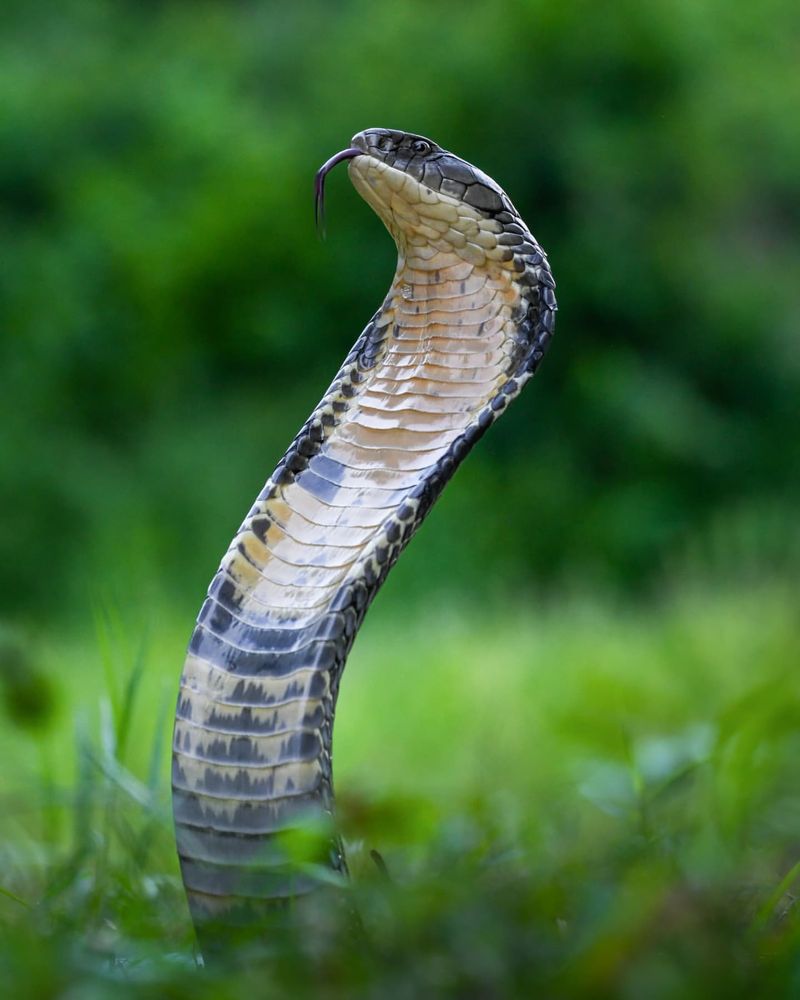
The King Cobra, the world’s longest venomous snake, is both revered and feared for its potent venom. Found across India and Southeast Asia, it can deliver a bite that injects large quantities of neurotoxins, affecting the victim’s central nervous system.
The venom causes paralysis and can be fatal without treatment. Despite its fearsome reputation, the King Cobra is shy and avoids confrontation with humans. When threatened, it displays its iconic hood and emits a warning hiss, a behavior meant to deter rather than provoke.
Respecting their space and understanding their role in controlling rodent populations can reduce the risk of encounters. The King Cobra’s venom is a marvel of nature’s engineering, representing one of the most sophisticated defensive mechanisms in the reptile world.
7. Gila Monster
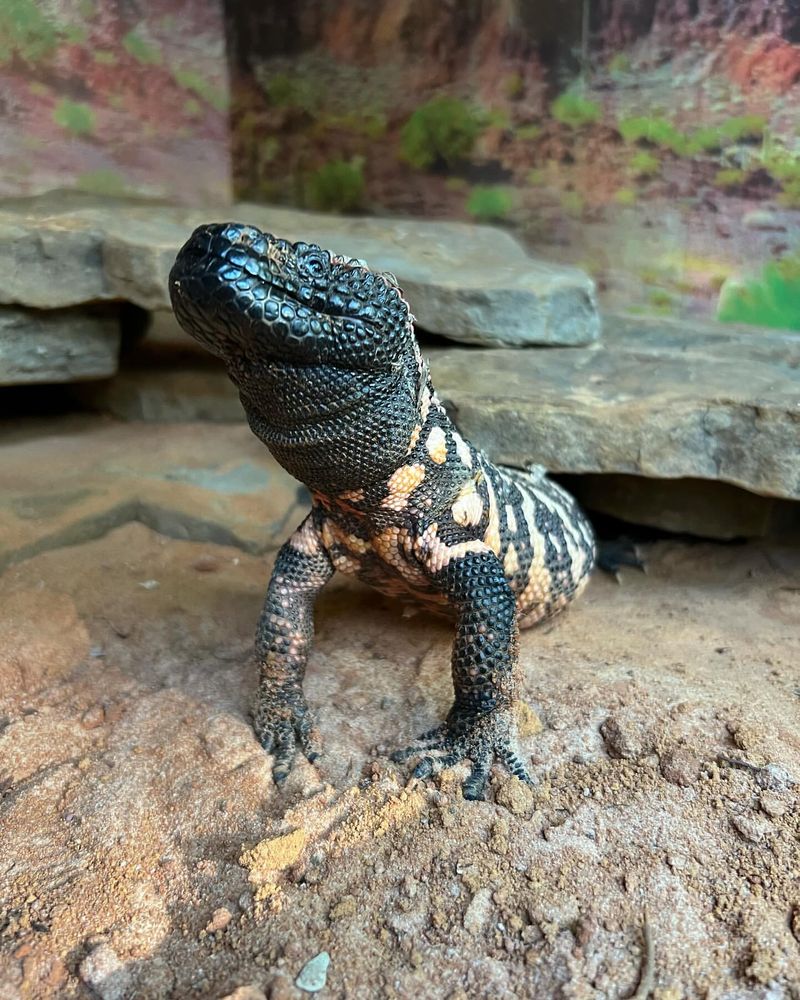
The Gila Monster, native to the arid regions of the southwestern United States, is one of the few venomous lizards in the world. Its venom is delivered through grooves in its teeth as it bites, rather than through a typical injection mechanism.
Although not lethal to humans, the venom causes intense pain, swelling, and nausea. The Gila Monster’s bite is tenacious, often latching onto its victim to ensure maximum venom delivery. This defense mechanism deters predators and is used sparingly in offense.
The Gila Monster spends most of its time hidden underground, emerging mainly to feed. Caution is advised when navigating its habitat, as its slow movement belies a powerful bite.
This unique reptile plays a crucial role in its ecosystem, controlling pest populations and serving as a subject for scientific research into venom-derived medicines.
8. Lionfish
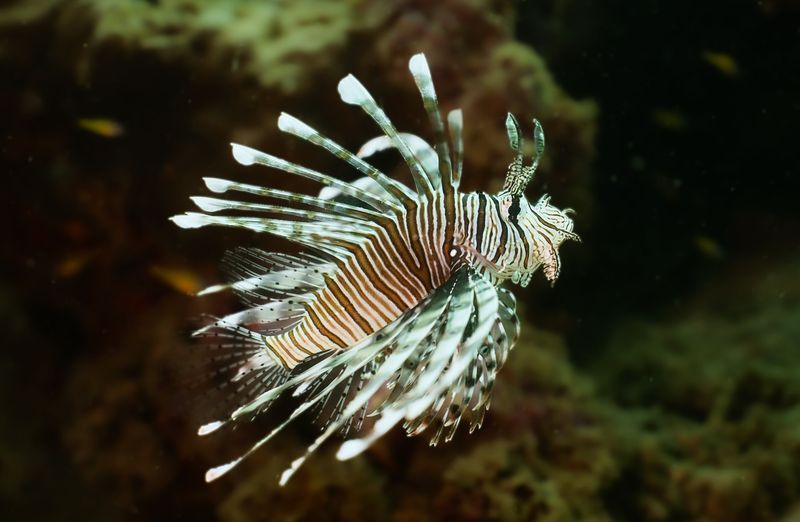
The Lionfish, native to the Indo-Pacific, has become an invasive species in the Atlantic. Its venomous spines contain a potent neurotoxin that can cause extreme pain, nausea, and breathing difficulties in humans.
The sting, while rarely fatal, is enough to incapacitate potential threats and predators. Lionfish are equipped with up to 18 venomous spines, making them a formidable presence on the reef. They use these spines defensively, and their vibrant coloration warns others of their toxicity.
If stung, immersion in hot water is recommended to alleviate pain by denaturing the proteins in the venom. The Lionfish’s beauty belies its sting, serving as a reminder of the complex interactions in marine environments and the impact of invasive species on local ecosystems.
9. Brazilian Wandering Spider
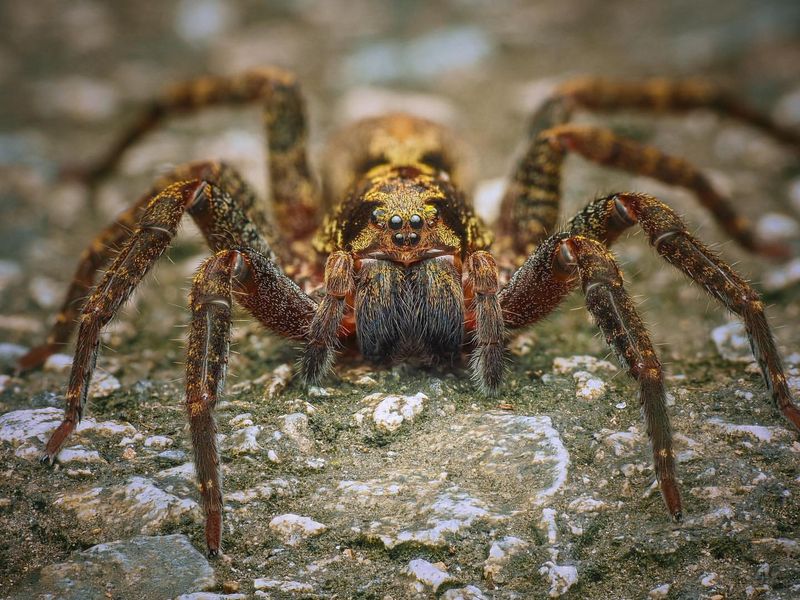
The Brazilian Wandering Spider, often found in tropical South America, is considered one of the most venomous spiders in the world. Its venom contains a potent neurotoxin that can cause intense pain, paralysis, and, in severe cases, death.
The spider’s aggressive nature and tendency to wander into human habitats have earned it a fearsome reputation. However, bites are rare and typically occur when the spider is accidentally provoked or threatened.
Prompt medical treatment is crucial for bites, with symptoms including severe pain, increased heart rate, and potential respiratory distress. Despite its fearsome abilities, the Brazilian Wandering Spider plays a vital role in controlling insect populations and maintaining ecological balance in its habitat.
10. Sea Urchin
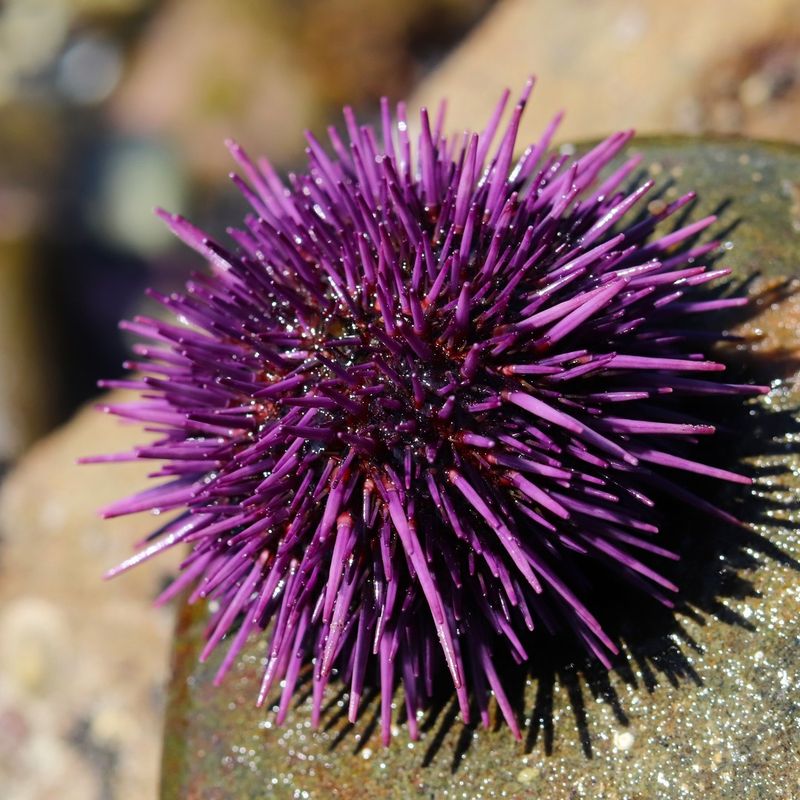
Sea Urchins, found in oceans worldwide, are equipped with sharp spines and venomous pedicellariae that can deliver painful stings to unsuspecting swimmers. The venom causes a burning sensation, swelling, and possible infection if not treated properly.
The sting is often accidental, occurring when a person steps on or brushes against the sea urchin. While not usually life-threatening, the pain and potential for secondary infection make the sting a serious concern.
To avoid encounters, it’s advised to wear water shoes when exploring rocky coastal areas. Removing spines promptly and immersing the affected area in hot water can help alleviate symptoms.
Sea Urchins are vital to marine ecosystems, contributing to the balance of marine flora and fauna through their grazing activities.

